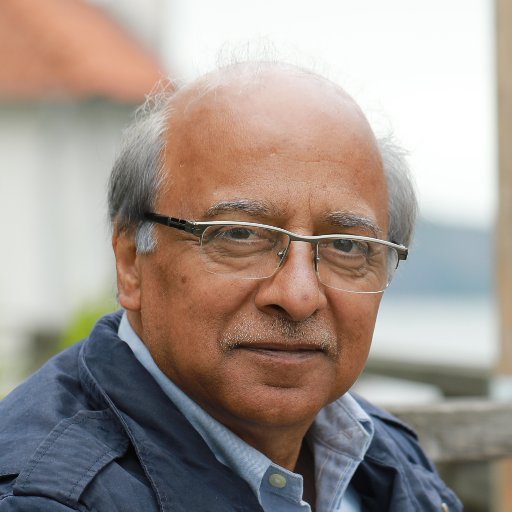Imtiaz Gul-Editor-in-Chief

The 7th Dalai Lama chose to insulate himself from his worshippers in the Potala Palace, perched atop the highest hill in Lhasa, the capital of Tibet. In itself, the Palace indeed is a master piece of architecture. It stands out from the distance and reminds one of the effort that went into its phased construction spread over three centuries.
For centuries the Lama followers lived in absolute poverty in extreme climatic conditions but their spiritual leader – even in his death – surrounded himself with 3720 kg gold i.e. he lies buried in a tomb covered with tons of pure gold. So are many of his disciples – whose graves and tombs too are covered with gold, silver and copper. A repulsive opulence in sharp contrast to the adverse conditions that Dalai Lama followers lived in Tibet until 1951, when the Chinese Peoples’ Liberation Army (PLA) brought the region under its control. The current Dalai Lama -14th in number – refused to live under Chinese political control and fled to India.

The new a spiritual leader of Tibet – the Communist Party of Chinese (CPC), on the contrary – chose to lift Dalai Lama’s followers out poverty and give them a respectable living. Almost Every citizen has a place to live in, an almost guaranteed job and fully protected by the social welfare system.
The monstrous Inter-Continental Hotel off the main town, probably is a manifestation of the CPC to mainstream Tibetans through a sustained socio-economic development plan that has seen Lhasa swell into a modern city with immaculate infrastructure. With the growing population, a Lhasa New City too has emerged with numerous high-rise commercial, official and apartment buildings.
The pace of life is relatively slow, people generally relaxed and casual, probably also because of the high altitude.
Situated at 3,400 meters above sea level, Lhasa presents a unique experience at such a high altitude. Those who may have visited the Pak-China border at Khunjarab Pass can easily relate to the harsh environment. Khunjarab is above 5000 metres but most visitors don’t feel much because of a brief stay on top.
Here in Lhasa, the oxygen is only about 60 percent of the normal levels and sends the newcomers into a dizzying spin, followed by headaches and loss of sleep.
But the experience is unique and worth the four hour flight from Beijing. Also called the roof of the world, the remote Tibetan region enjoys a special autonomous status along with Macau, Hong Kong and its neighbouring Xinjiang province.
Remarkably, the CPC did not allow the remoteness of the region or the harsh climate to block socio-economic development. Neither in Xinjiang nor in Tibet. The road and building infrastructure spread over vast swaths along the Lulong River testify to the Chinese leadership’s resolve to mainstream the autonomous regions through special development plans.
The Palace comprises three parts – built over different periods of time – Yellow, Red and White. These colours symbolise power, religion and politics respectively. The construction had originally begun in 1770 .

This level of development has obviously come at a huge cost with big personal engagement by top leaders, following decades of focus and perusal with the Tibetan population, which is predominantly Buddhists. Political unrest and opposition demonstrations in the 1950s through to 60s and 70s – which Chinese officials insist has been externally driven, mainly by India and the US – was countered with massive socio-economic incentives through an inclusive development approach. It has apparently insulated the vast majority of the population against “managed chaos.”
In the 1990s, Lhasa had only 4 main hotels but in 2019 the number has grown to over 160, including the massive Inter-Continental , largely in response to the influx of Buddhist pilgrims from all over the world. Tourists from mainland China constitute the largest number of visitors and thus a big source of domestic tourism. With a string of tunnels, Lhasa is linked to a number of valleys to the east and west. The infrastructure even in a town called Nyingchi, almost 200 kilometres east of Lhasa, is surprisingly as good as that in Lhasa or in Urumqi.

It represents a sharp contrast to pictures from the past between the 1950s and 1960s. The only thing that Potala Palace oversaw in those years was abject poverty, few roads, nominal utilities such as water and electricity. Today, the entire region is well connected through modern highways, a string of tunnels and state-of-the-art bridges.
All this would certainly be impossible without a singular focus on inclusive and collaborative socio-economic development of the region. One wonders how would Pakistan’s northern regions have looked like had they received similar sincere attention from the ruling elites, most of whom represent a sharp contrast in character when compared to China’s largely selfless leaders.
Lhasa bears a lesson for all self-respecting nations; remoteness of a region and the harshness of climate are no barriers at all to inclusive, people-centric development.



